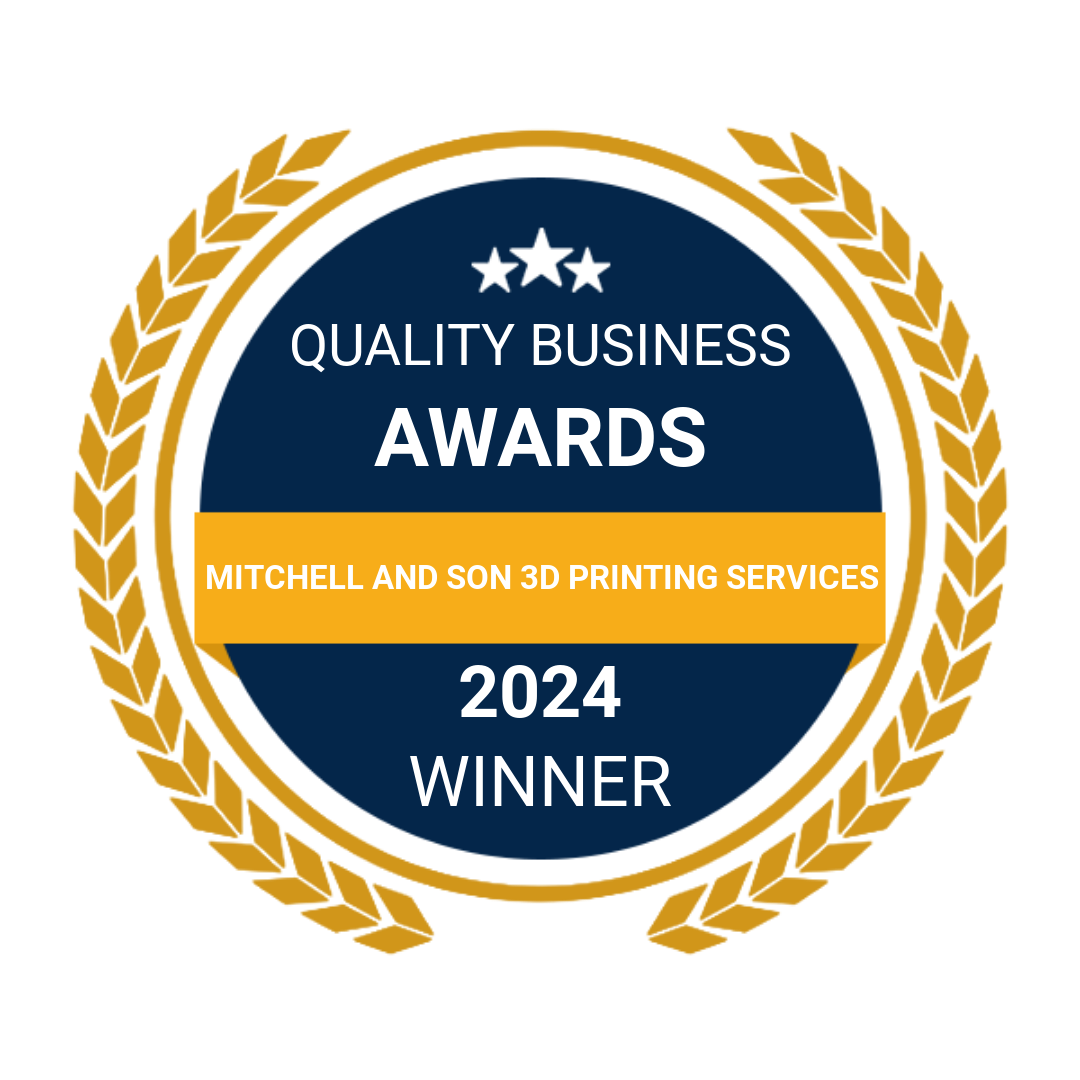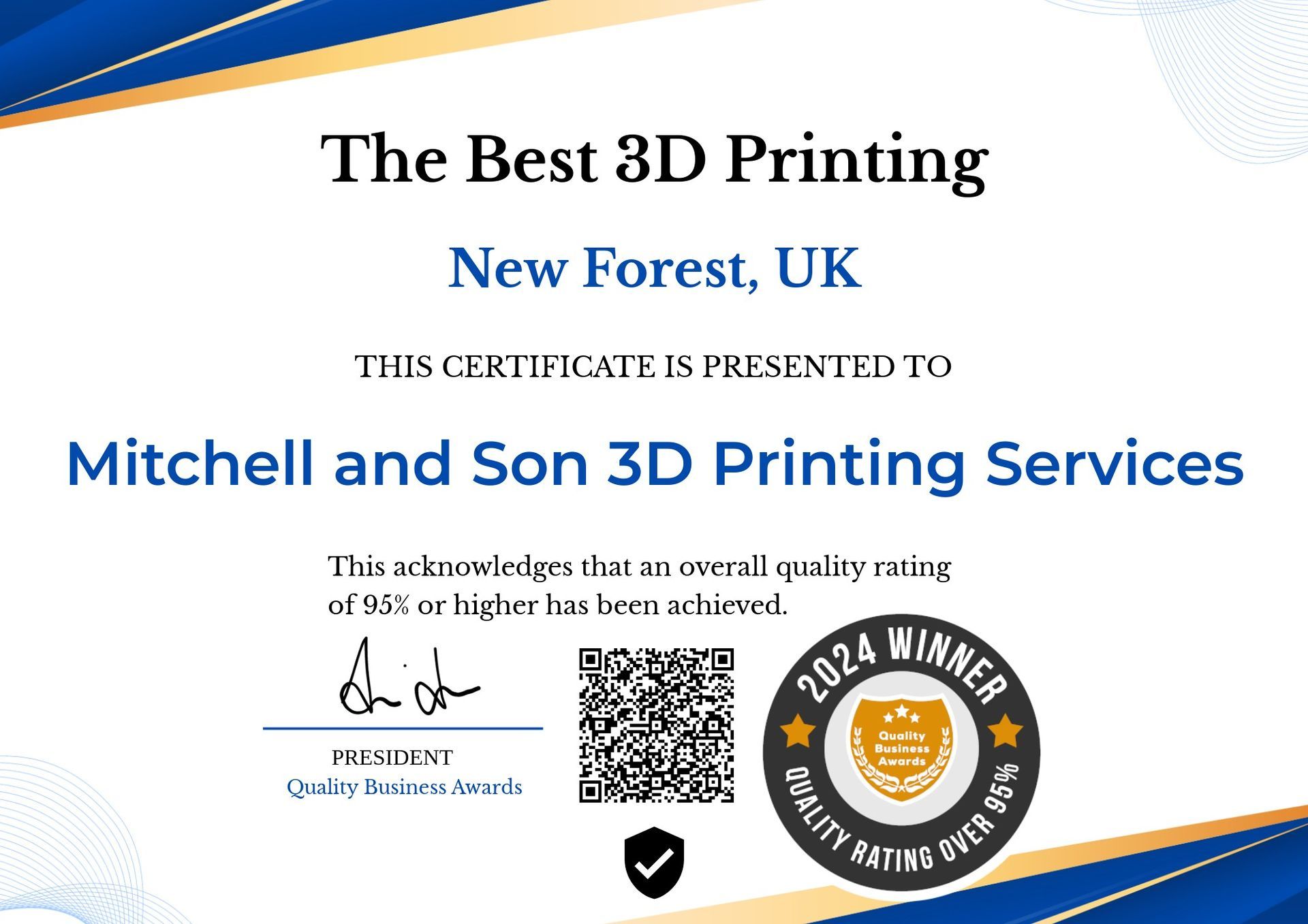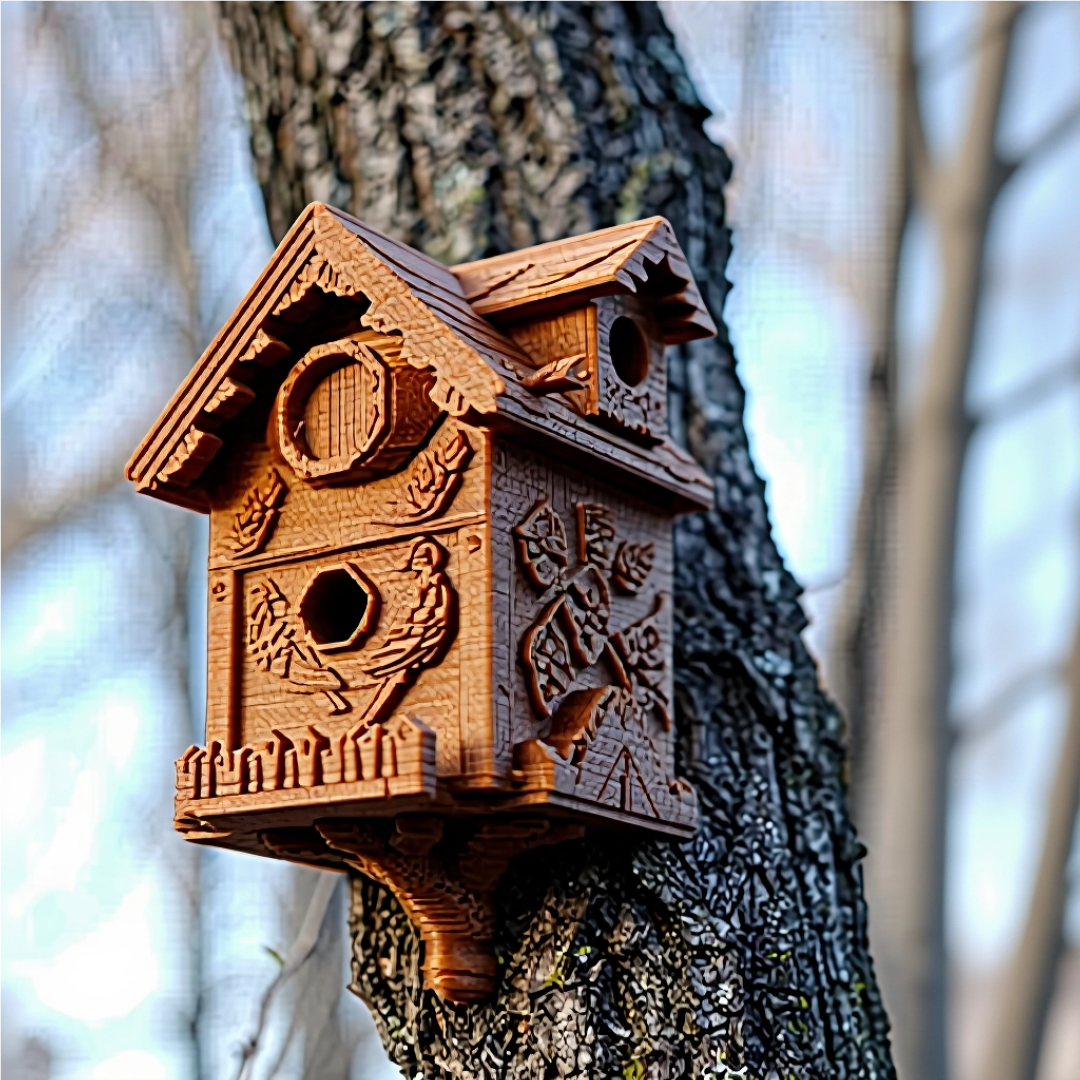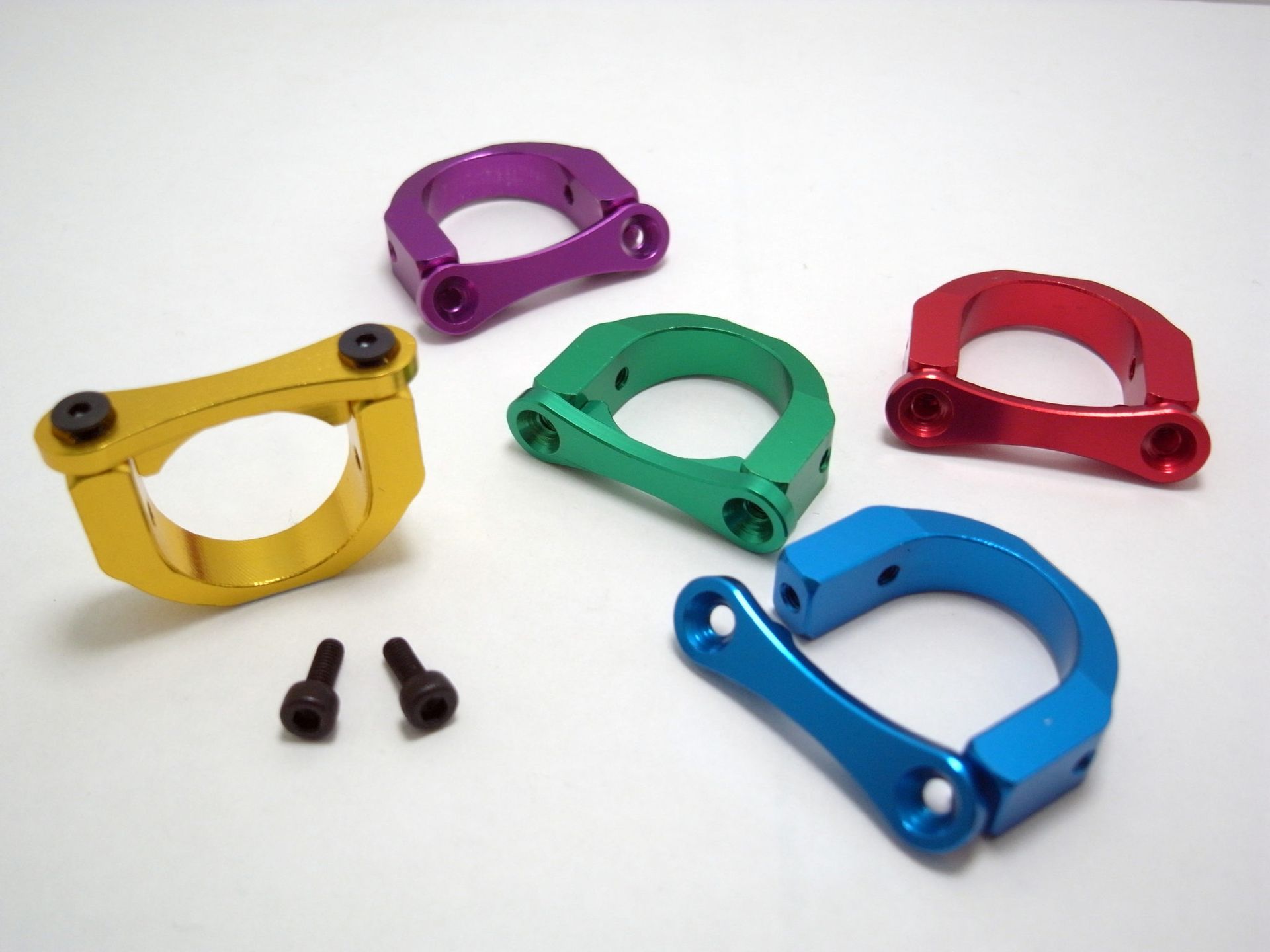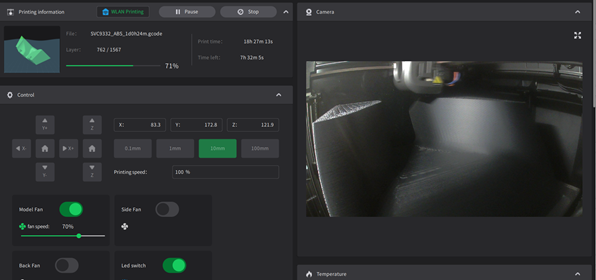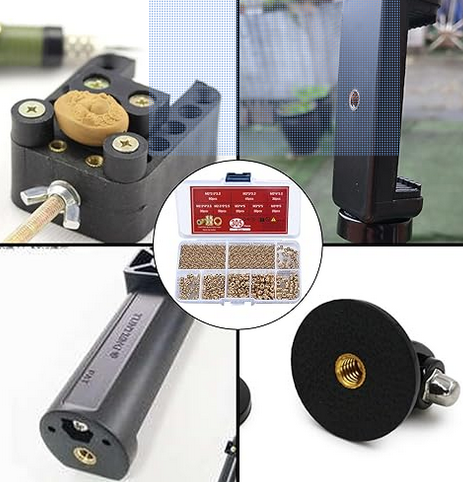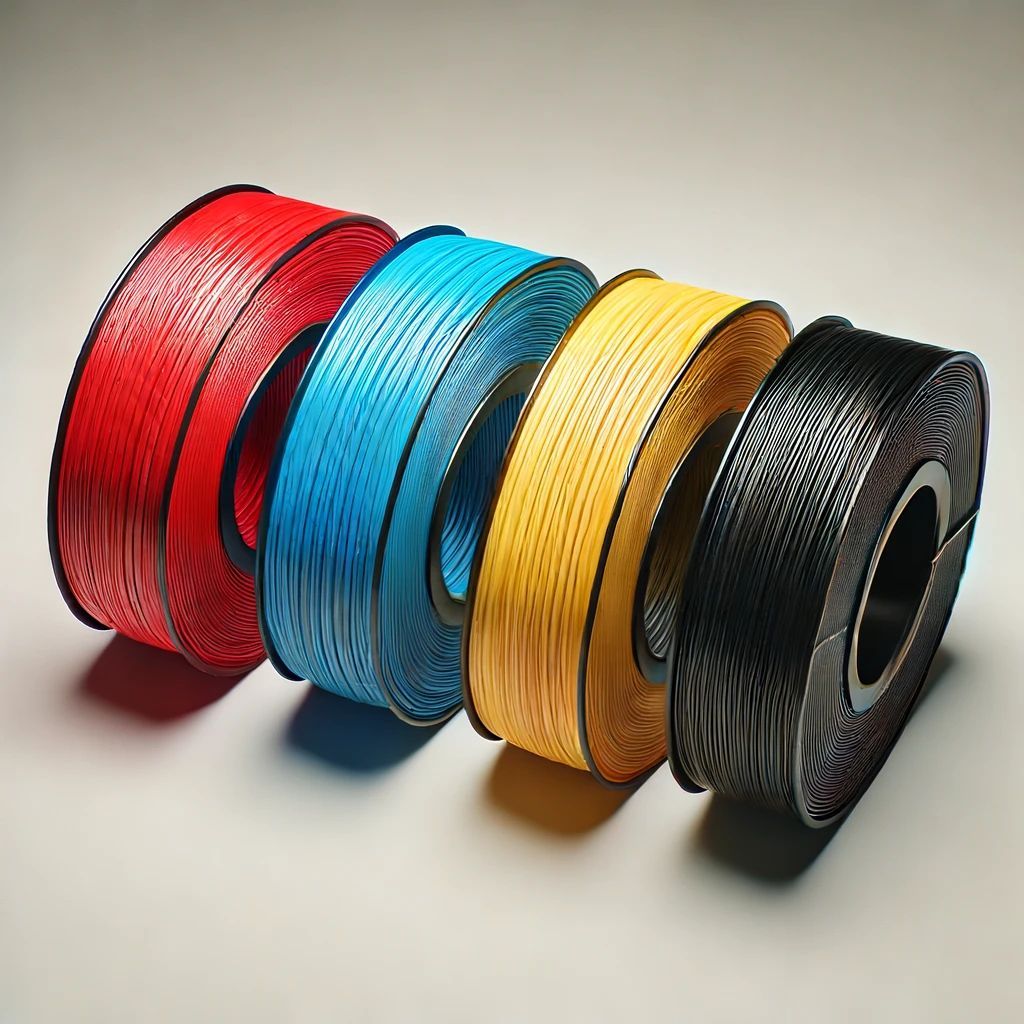Save Costs When 3D Printing
Stack & Nest Parts: A Quick Trick To Save Costs When 3D Printing

3D printing is an awesome technology that has spawned a multitude of new inventions and discoveries. It can be used to create very detailed parts with almost no limitation on their complexity
– as long as you have the right files. In theory, there are almost no limitations when it comes to 3D printing. From medical applications to drones and everything in between, you can find plenty of examples of how this technology can be used.
And while 3D printers are becoming cheaper and more accessible every day, they’re also not exactly cheap or accessible to everyone. That’s why many users look for ways to cut costs without compromising quality.
We have previously discussed different ways of using 3D printing for your business . But today we want to focus on some tricks you can use to save money and cut costs when 3D printing your parts if you are on a budget or just want to get the best bang for your buck.
Understanding 3D Printing Costs
As with anything else, the price of 3D printing will vary greatly depending on a number of factors, but most importantly it will depend on the material you choose. What’s great about 3D printing is that you can use a variety of materials, so you get a lot of choice when it comes to material properties like strength, flexibility, etc.
But what’s not so great is that the price of printing each material will vary greatly as well. This is why it’s so important to know what you’re getting yourself into before you make a decision. The price of 3D printing is created by taking the cost of each material and multiplying it by the number of layers you need to achieve your desired thickness.
The more layers you need, the more time the machine will take to print, and the more it’ll cost.
When Reaching For The Cloud Is Not An Option
If you’re looking to save money on materials and printing, you may want to think about reaching for the cloud. It sounds a little strange, but what we mean by that is that you could use a 3D printing service instead of purchasing and owning a 3D printer.
You can check out services like:
- Sculpteo,
- i.Materialise,
- or Shapeways for example.
Sculpteo is a marketplace that allows designers and manufacturers to post their designs for sale, and it also provides a 3D printing service for those who don’t have the means to do so themselves.
i.Materialise is a bit different from Sculpteo as it provides 3D printing as a service while Sculpteo serves as more of a virtual marketplace. Shapeways on the other hand is a platform that allows users to upload their own files.
Whatever service you choose, you could save yourself a ton of money on materials by reaching for the cloud, but you should also keep in mind that 3D printing services usually have minimum orders.
You may also want to consider the time it takes for your parts to be printed and delivered.
Stacking Parts To Save Money
Another common trick you can use to save money is to create single, larger part from multiple smaller parts.
What this means is that you could print multiple parts stacked on top of each other in a single build.
This could be anything from a single part that has your parts interlocking with each other to a single part that has your parts stacked on top of each other.

Nesting Parts To Save Money
A great way to save money on materials as well as printing time is by using nesting. What this means is that you could create a single, larger part that includes all of your smaller parts within itself.
Like stacking parts, nesting parts could be as simple as having your smaller parts interlock with each other, or it could mean creating a single part that nests all your parts within itself.

Overhanging Parts To Save Money
When 3D printing, you usually want a part to be as clean of a build as possible. You want your part to be one continuous build so that you can print it all at once. But if you have an overhang that extends beyond your build plate, you’re going to run into an issue.
If you want to make a part that extends beyond the build plate, you’ll need to break that part into multiple pieces or design it in a way that allows you to print it all at once. Most people will just break the parts into smaller pieces.
This is a great way to save money on materials and it’s also a great way to optimize your print.
Optimization should be your primary focus
If you’re looking to save money and optimize your 3D prints, you should focus on optimizing your part design. You can do this by making sure to keep your design as clean as possible
– keep supports to a minimum, use a small layer height, and do as much planning ahead of time as possible. Because optimizing a part involves removing unnecessary details and layers, it will save you money on materials as well as printing time.
You can also optimize your part design by making sure that your file is clean and free of errors. This will make the file easier to read and understand and therefore easier to print.
3D Print Parts with overhangs last
When stacking and nesting parts, you’re probably going to want to print your overhangs last. You can easily set up your slicing software to do this for you. This will allow you to print all of your clean, easy-to-print parts first and then move on to printing your overhangs last.
This will save you time and materials, and if you’re using an SLA or DLP 3D printer you should also keep in mind that printing an overhang first could cause an issue with your build plate.
Use supports wisely
When designing your part and knowing where to place supports is key to saving money on materials and printing time. If you have an overhang on your part, you’re definitely going to want to use some supports.
But you don’t want to overdo it because this could cause issues down the road when it’s time to remove your part from the build plate. What you want to do is use supports where necessary and keep them as small and light as possible.
This will not only help you save money on materials, but it will also make the removal of your part much easier.
Conclusion
As we’ve discussed in this article, there are many ways you can save money when 3D printing. From reaching for the cloud to optimizing your part design, there are lots of little tricks and changes you can make to cut costs.
Keep in mind that these changes won’t always be obvious or easy to implement. Like we said, 3D printing is an awesome technology, so it has a ton of potential.
But if you have the right files, you can really push the limits of what this technology is capable of. And that’s what this article is all about
– pushing the limits of 3D printing to get the best bang for your buck.

